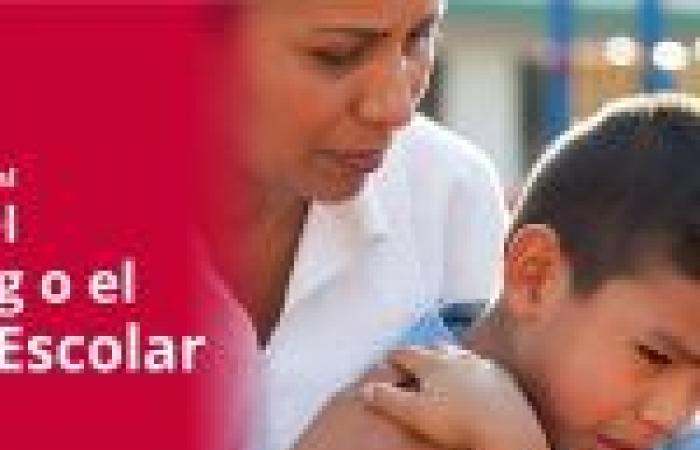The day seeks to raise awareness about the impact of pairs harassment and the importance of preventing it from an integral perspective. Following the guidelines of the Minister of Public Health, Dr. Luis Medina Ruiz, the provincial health system promotes articulated actions with schools and families to take care of the mental health of girls, boys and adolescents.
Consulted in this regard, the psychologist Lucas Juárezspecialist in childhood and adolescence and head of the Department of Mental Health of the first and second level of care, he explained that bullying is an harassment between peers in the school, systematic and sustained over time, which can be exercised by an individual or by a group, and that adopts multiple forms: physical (direct aggressions), psychological (nicknames, teasing), social (intentional isolation), material Cyberbullying, through messages or images shared with the aim of damaging or ridiculing another.
when talking about the signs that may indicate that a child or adolescent is going through a situation of harassment, Juarez detailed some behaviors that must attract attention: “Many times they are boys who enjoyed the school, who had an average or good performance, and suddenly they begin to reject it, get sick before attending or are sad, self -absorbed or worried,” he said.
Then, he detailed the emotional and psychological consequences: “Bullying generates deep suffering. It affects self -esteem, produces anxiety, sadness, low school performance and a very large level of vulnerability. It is a form of violence that leaves traces.”
Besides, Juárez He pointed out that the consequences of bullying are not limited solely to those who suffer directly, but also affect the witnesses, who learn that intervening may not be safe, and the aggressors, who discover that certain violent behaviors can provide them with prominence, control or even material benefits. This dynamic, he warned, can be consolidated as a way of facing life, negatively impacting the personality and development of social skills.
In relation to International positioning on this problem, he said: “The World Health Organization states that bullying must be on the agenda for both health teams and work articulated with schools. It acknowledges that it can cause lasting damage to personality, in social skills, and that it implies a serious violation of rights.”
He then stressed that, when adults intervene, harassment decreases significantly, demonstrating that prevention is effective and benefits all involved.
Regarding the role of the health system, Juárez stressed that there is a mental health network available to the community: “The health system has three levels of care that can offer advice or treatment, according to each case. Because bullying not only generates suffering at the time, it also leaves subsequent effects. It is necessary to intervene in time.”
He also referred to the role of educational institutions, and said that schools must assume an active position against bullying, incorporating the issue in their agenda with their own strategies. He also pointed out that it is difficult to prevent these situations if the forms of abuse that can occur within the same institution are also addressed.
When it is recommended to ask for professional help, it was overwhelming: “When a child or adolescent is a victim of this type of violence and the situation does not cease, it is necessary that families consult. Many times psychological treatment is required, because suffering does not end when harassment ceases, but can extend over time.”
Regarding the strengthening of self -esteem, he stressed that this is built from the sense of belonging and recognition in environments where boys feel valued and respected.
- Finally, he recommended that schools work bullying in a sustained and with active participation of students, and that families are open to dialogue, whether their children are victims or those who exercise violence, understanding that they are often about acquired learning.






